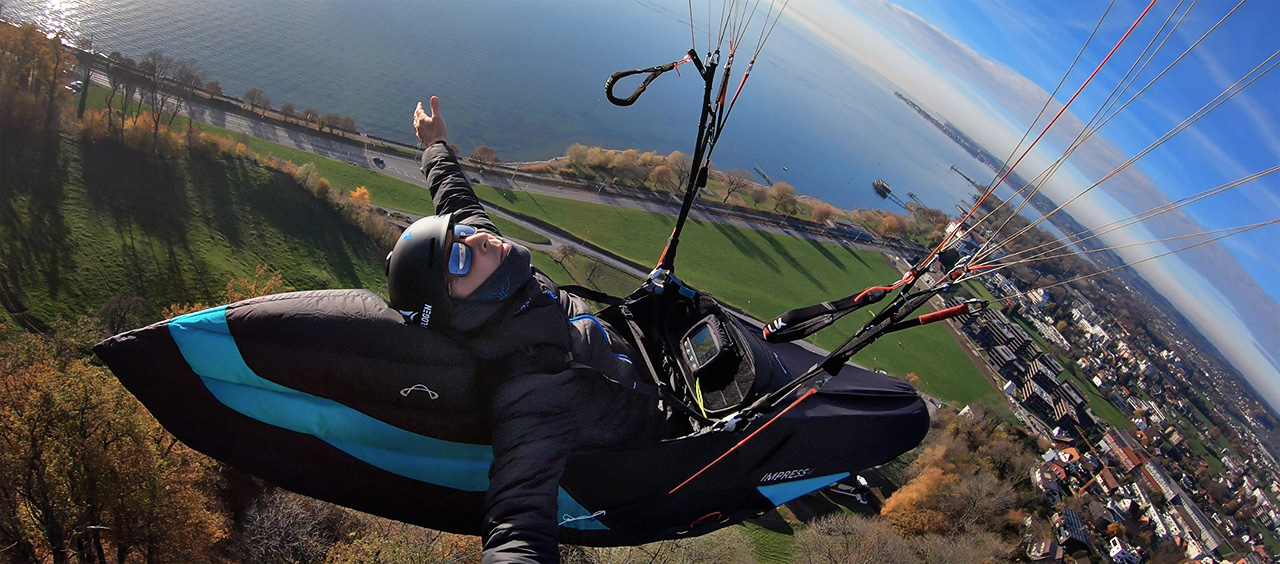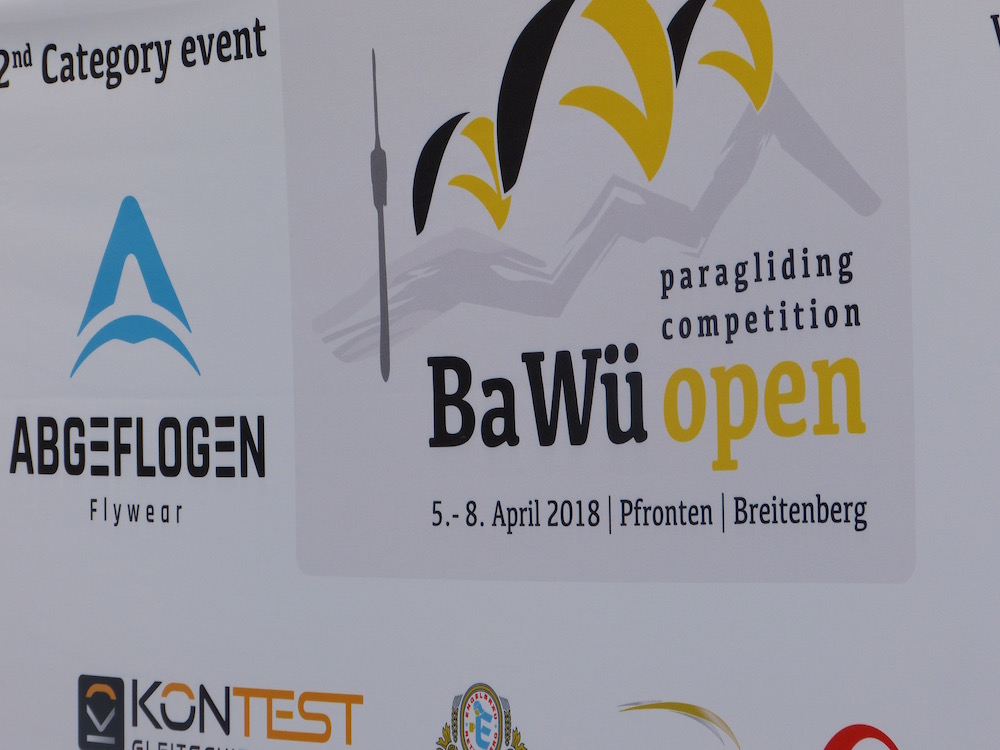The most beautiful hobby in the world is not just for the warm season, but all year round and also in winter!
Now many pilots ask themselves the question, which clothing is the best for paragliding in winter? Most of the time the ski-clothes are taken out of the closet for flying in winter, which is not so wrong at all. These are usually well insulated and have a fairly windproof membrane. However, ski-clothes rarely have functions that are optimal for us paragliders. Besides, proper insulation starts with the underwear!
The keyword is the „Onion principle“. However, the onion should only be thick enough so that we can still move optimally and sufficiently.
1. Layer: The so-called base layer should be made of a high-quality underwear am besten aus Merino-Wolle bestehen. Eine lange Unterhose (modern: Leggins) und ein langarmiges Shirt (Long Sleve) aus Merino Wolle sollten direkt eng auf dem Körper anliegen. Das Luxus-Accessoire schlechthin ist ein Ganzkörperanzug aus Merino. Über die zahlreichen Vorteile von Merino Wolle habe ich bereits berichtet.
2. LayerAt the legs, a lined and preferably windproof trousers is already sufficient - because the legs are less susceptible to cold than the upper body. On the feet you should wear thick woollen socks, with which you can still get into your warm boots. A pair of trousers that fit tightly over the shoes or gauntlets should be worn to prevent the wind from blowing into the trouser legs. On the upper part of the body you can wear a medium to thick wool sweater or a thin fleece jacket.
3. Layer The Paragliding jacket is certainly the most important accessory for flying. This should have an insulating layer of down or even better (animal-friendly) artificial down such as Primaloft®. 120gr Primaloft® insulation is already a very good value for a long lasting warmth. A step jacket is best suited for this. A windproof top jacket must be worn over the step jacket - this keeps the wind out and provides an additional insulation cushion between the windbreaker and the step jacket. A so-called 3 in 1 jacket is ideal here. In summer you can fly with the outer jacket, in winter or on cross-country flights with the combination of both. The most suitable jackets are jackets with an extended back, without a disturbing hood, with long sleeves up to above the wrists and a high collar.
Gloves There are few gloves suitable for paragliding on the market. This is not due to incompetent manufacturers, but to our clumsy hand position. With our hands above our head, less blood flows into our fingers, which in turn means that they quickly become numb at temperatures below 0 degrees. The only thing that helps here is a regular shaking (stirring) of the arms in the air or gloves with electric heating up to the fingertips or heating pad which heat the blood circulation on the back of the hand. However, these are all just little helpers that can delay our suffering a little. Camelion gloves for paragliding (hier sind der Ringfinger und Kleine Finger in zusammengefasst) oder Fäustlinge tragen auch noch zu einer besseren Isolation bei. Wobei letztere beim Starthandling und in der Luft an den Bremsen (oder am Rettungsgriff) eher als untauglich einzuschätzen sind. Wichtig sind lange Stulpen bis über die Handgelenke/Ärmel, ausreichend Gefühl für Handling und Bremsen und nicht zu viel Volumen – das könnte im Notfall zum Verhängnis werden, da man schlecht bis gar nicht aus den Bremsgriffen heraus kommt bzw. den Rettungsgriff fassen kann.
Headwear When paragliding in winter, you should wear at least one Bandana (head scarf) under your helmet, which you pull over your ears and neck. Even better is a warm Merino wool strum hoodThis keeps optimally warm and is odorless!
Conclusion
You can rarely wear too much in the air! Due to our static position, which is exposed to a constant wind, we can practically not sweat. Only for the ascent to the launch site we should have planned with a sensible onion layer.


